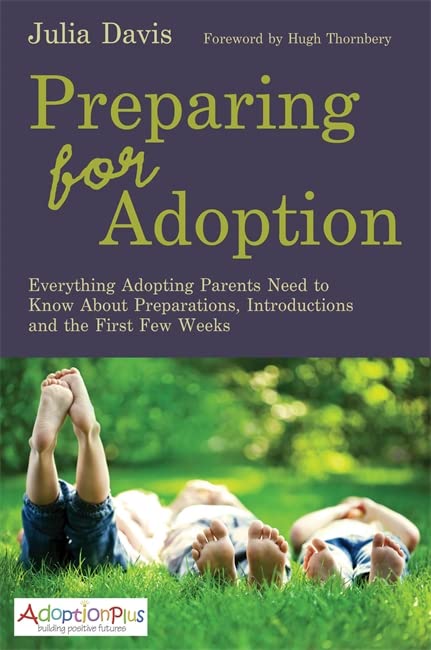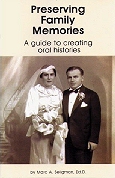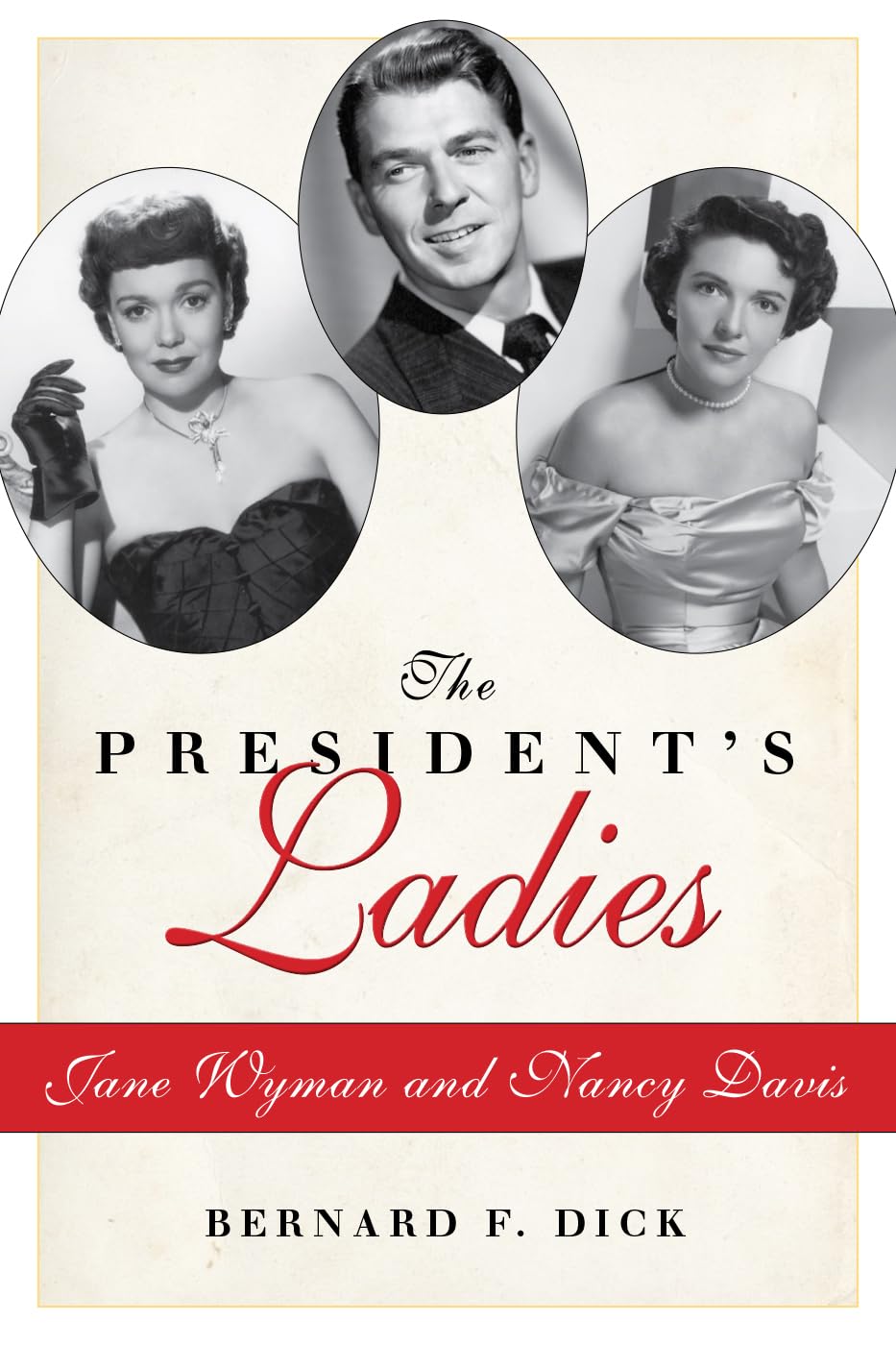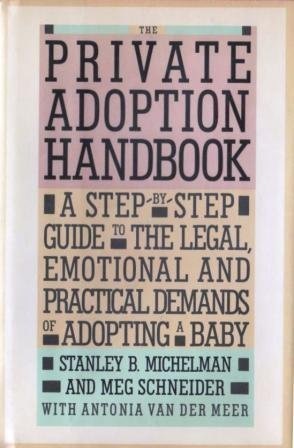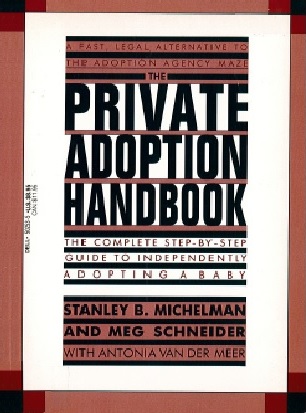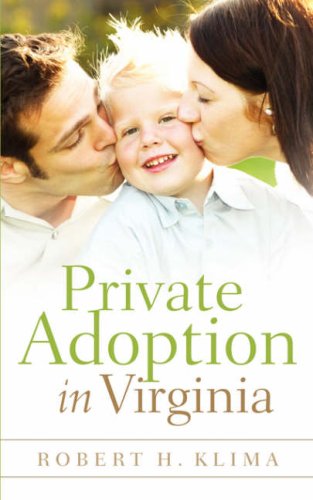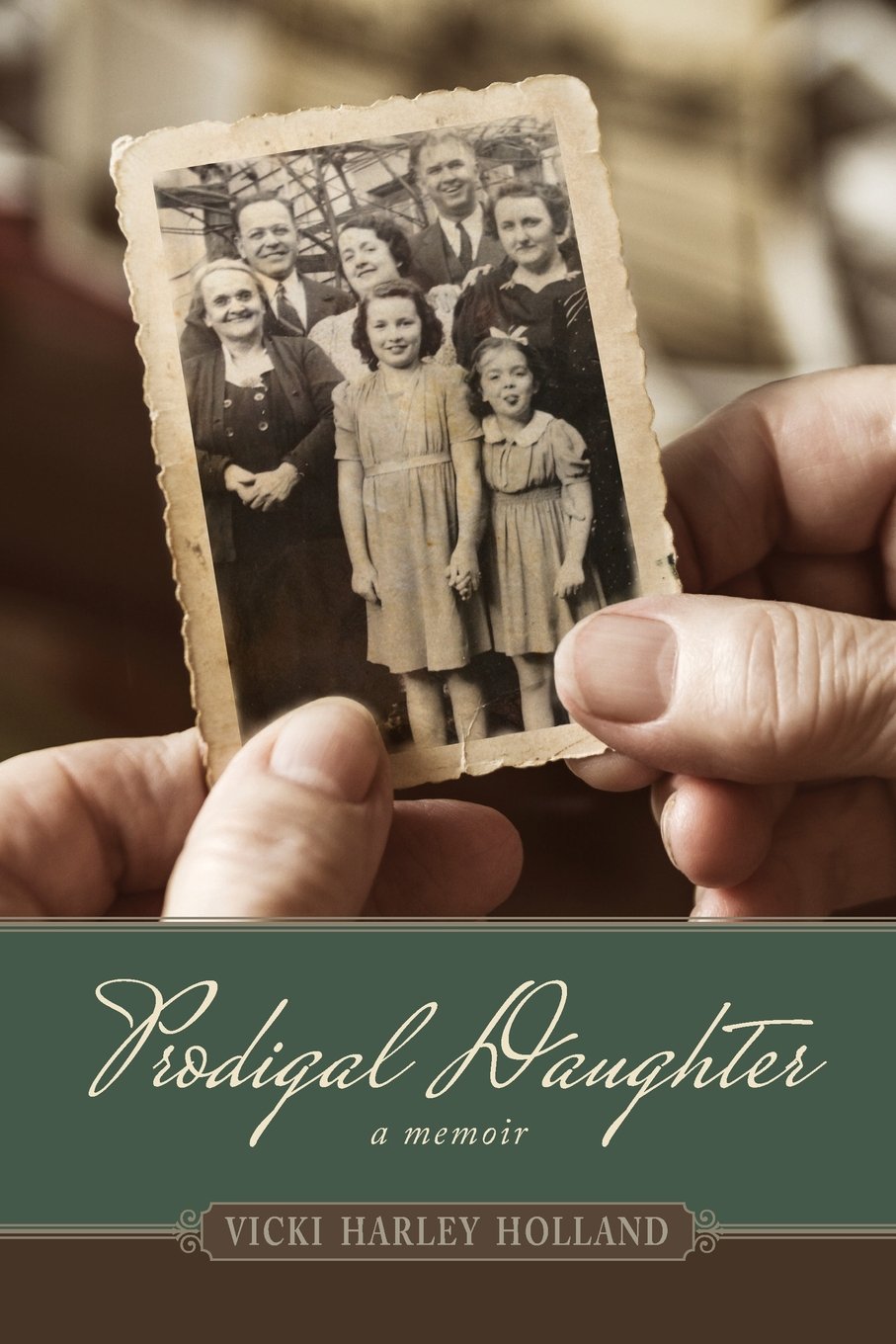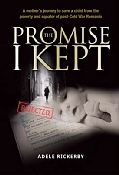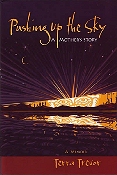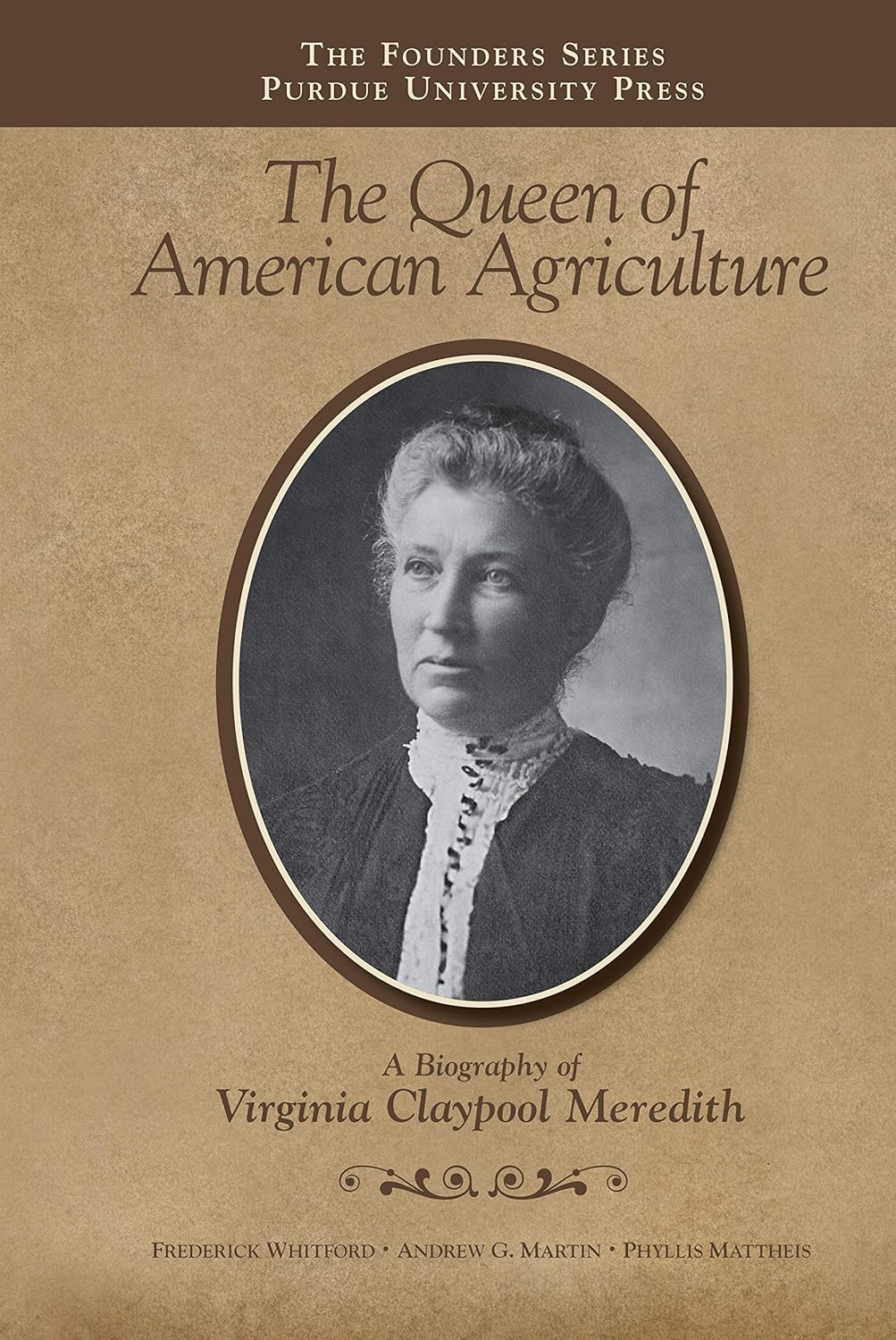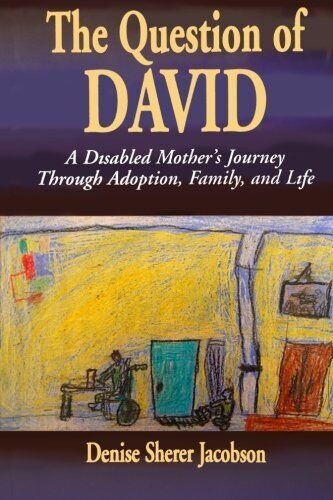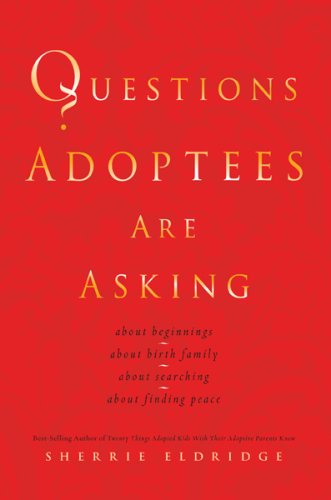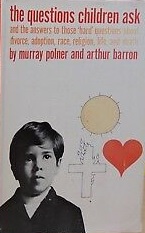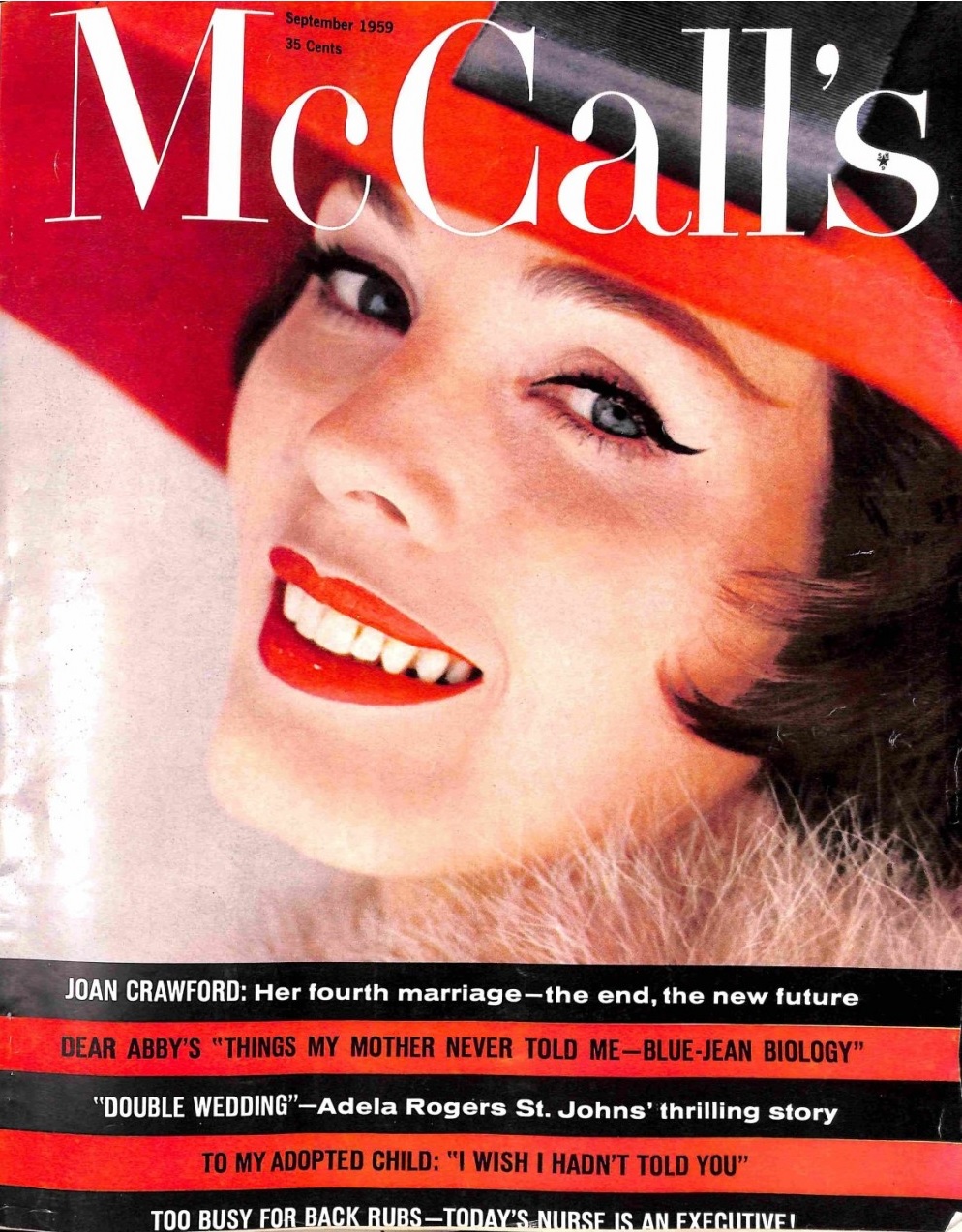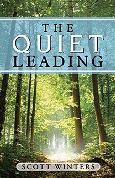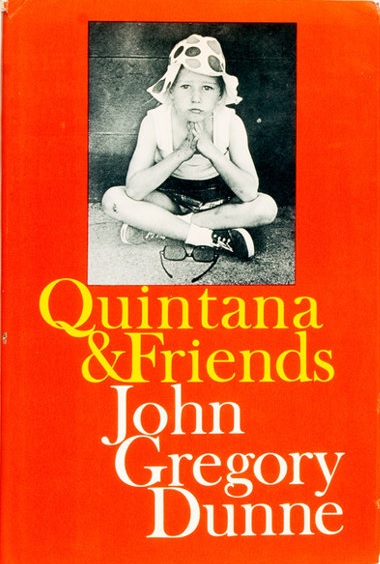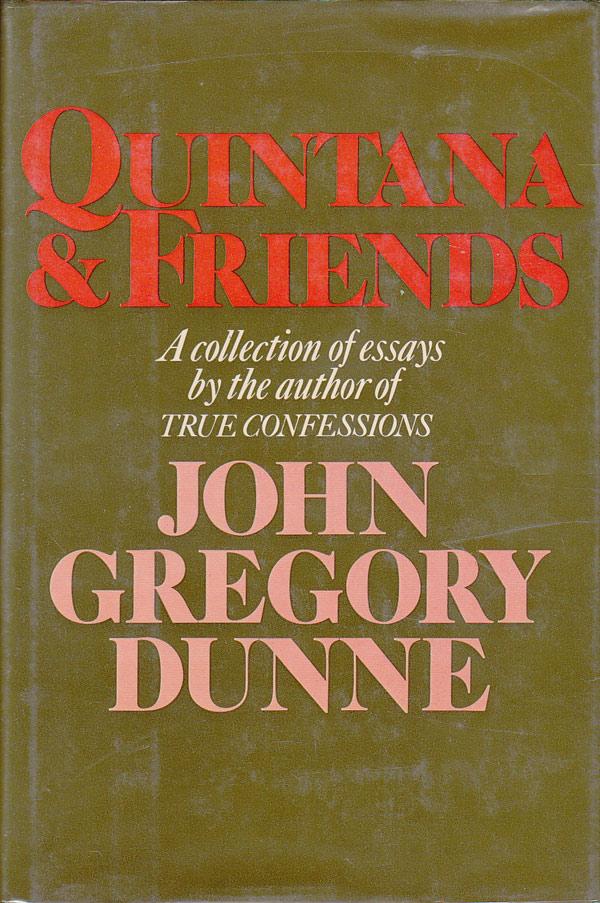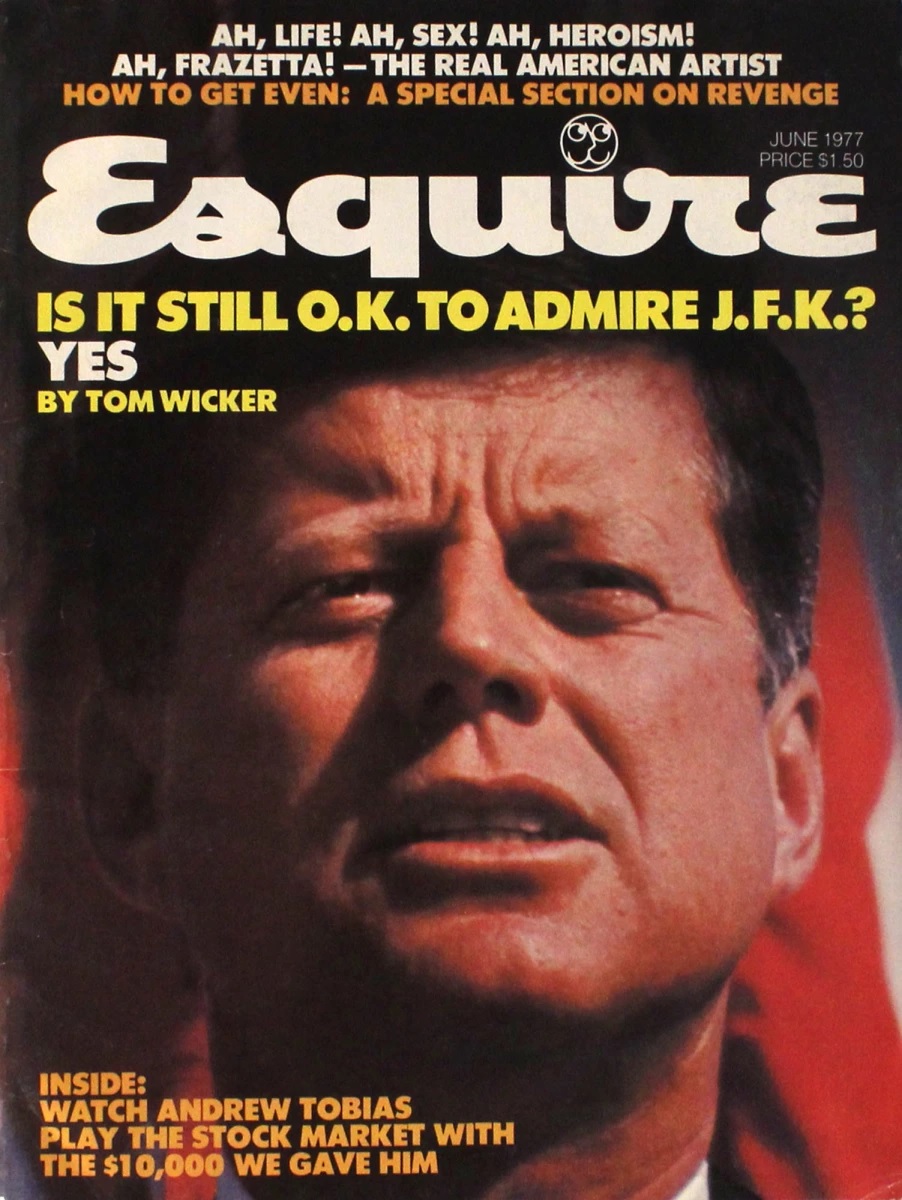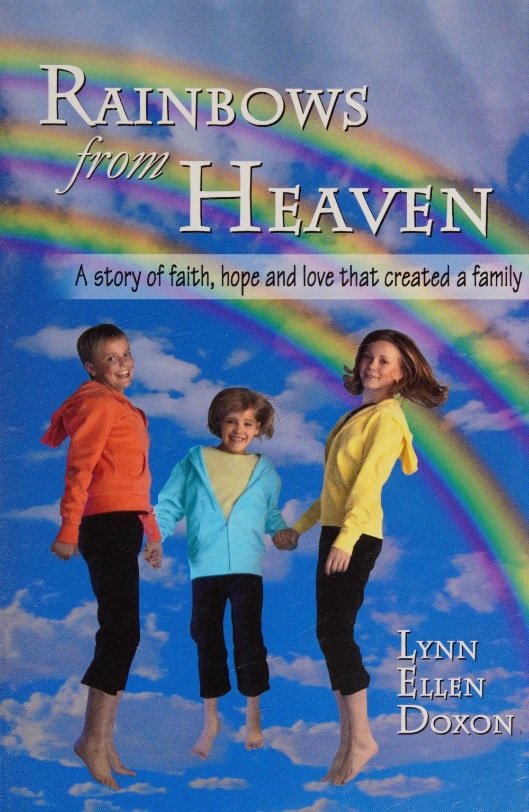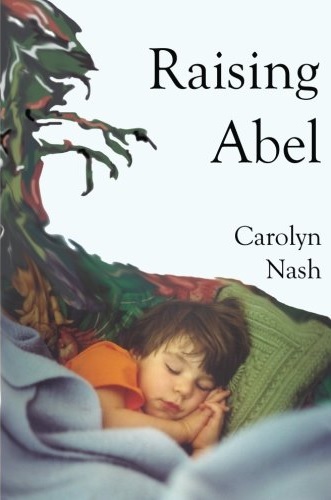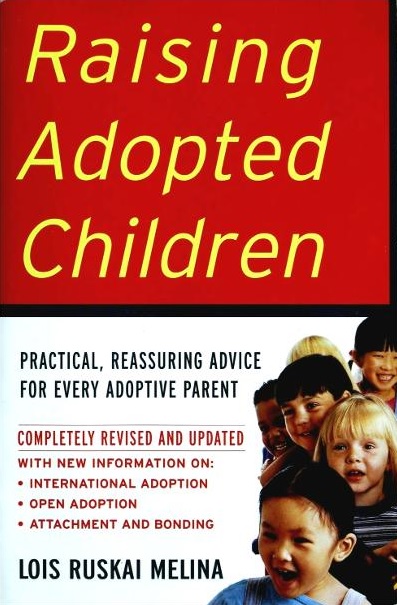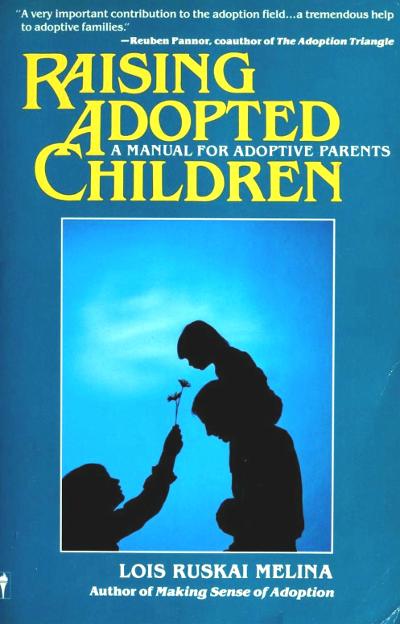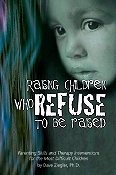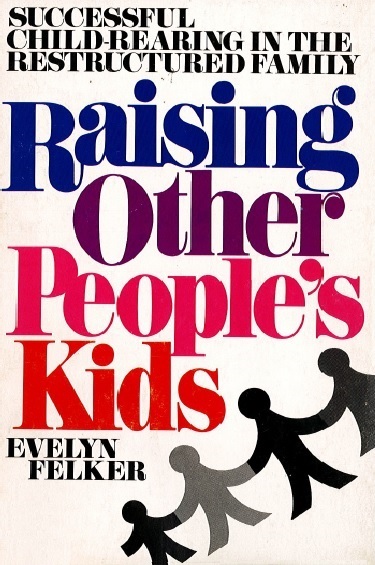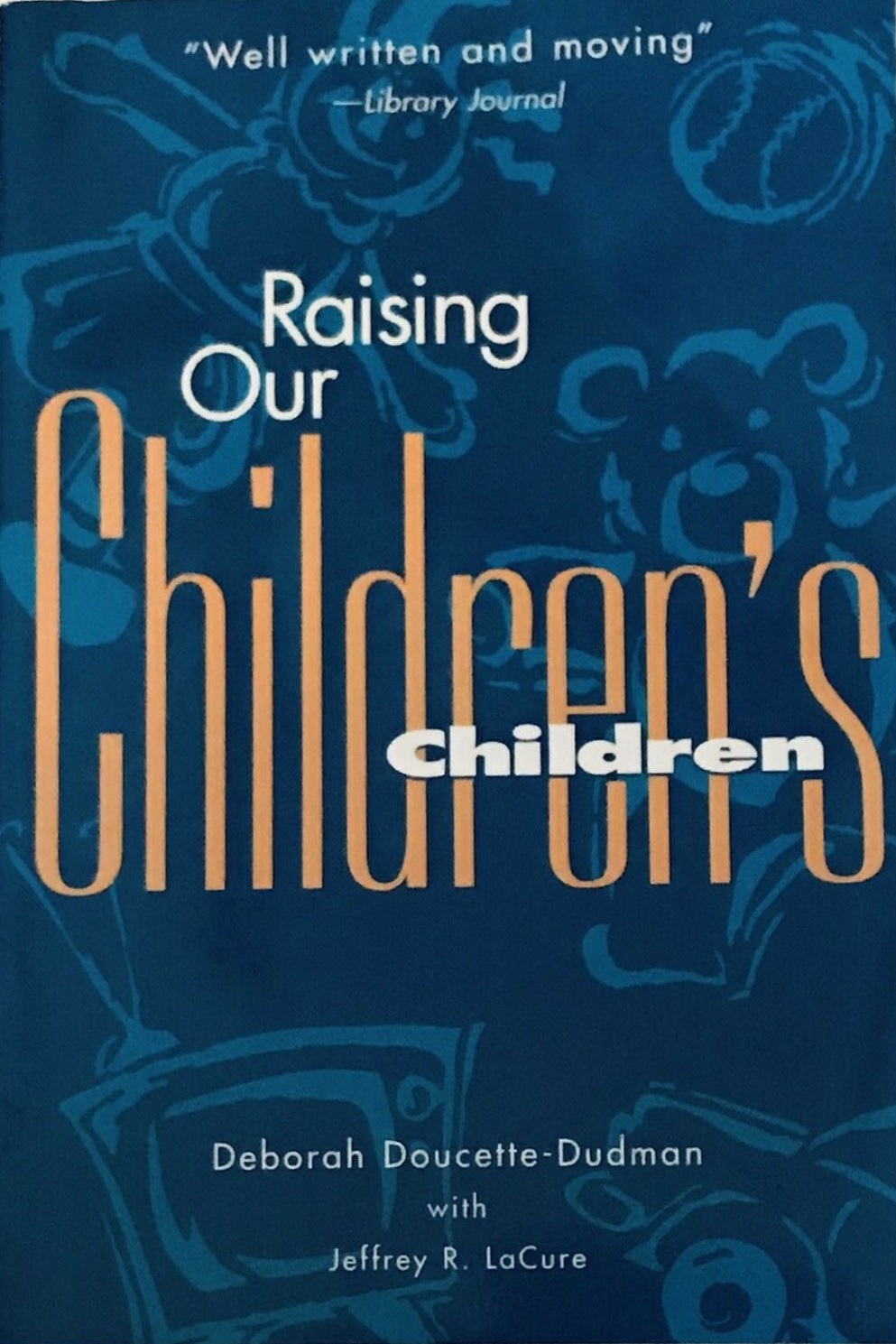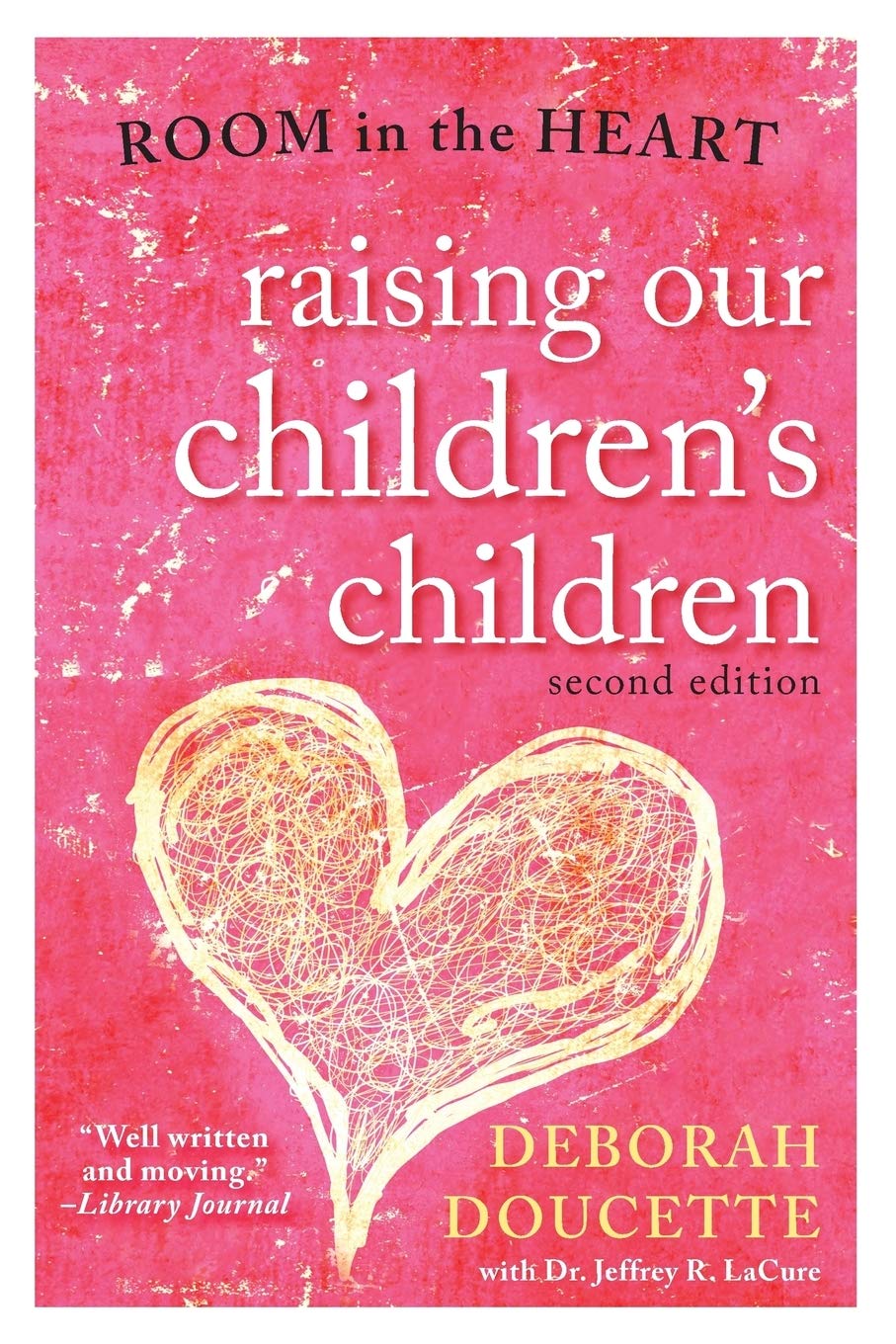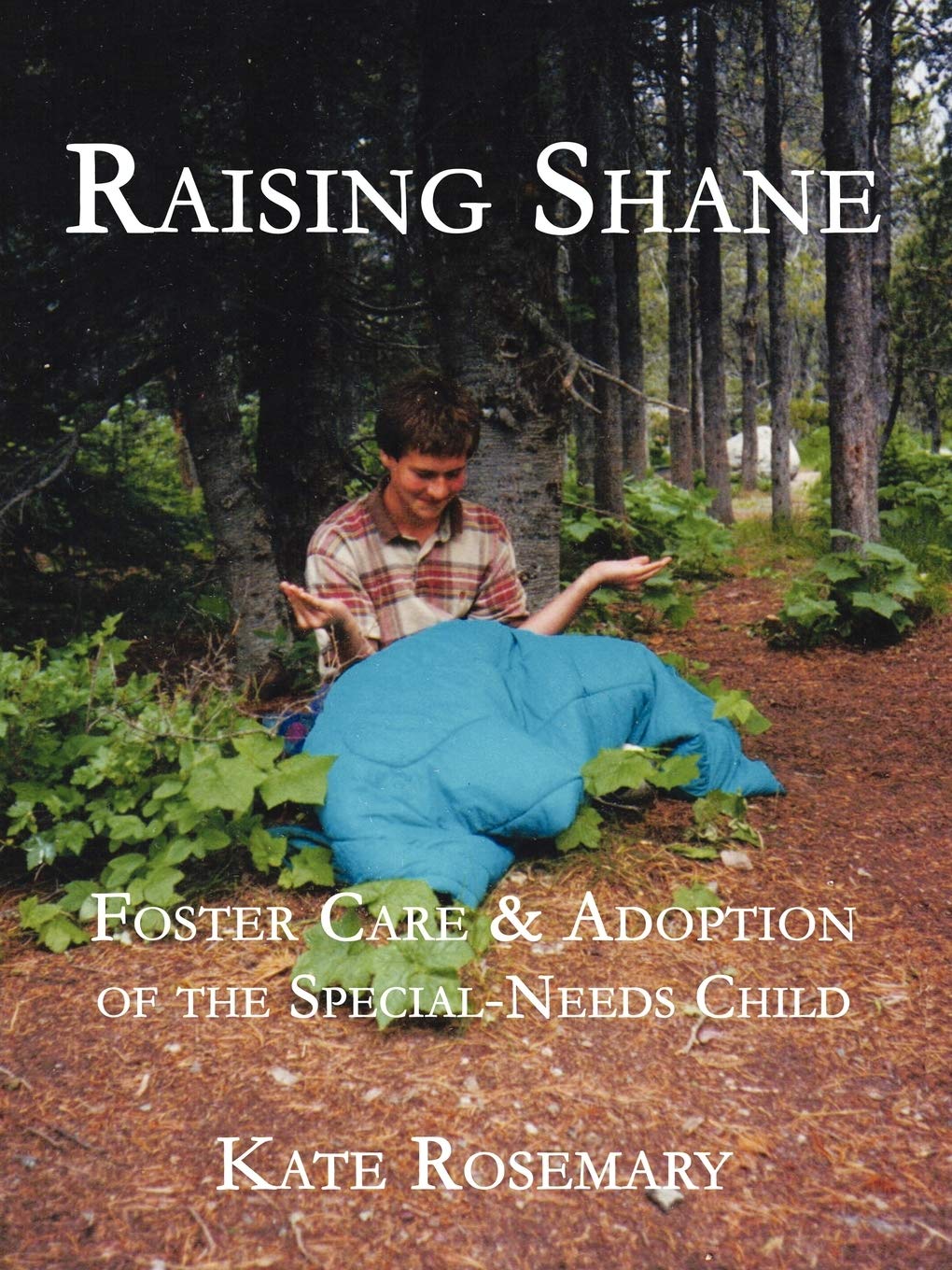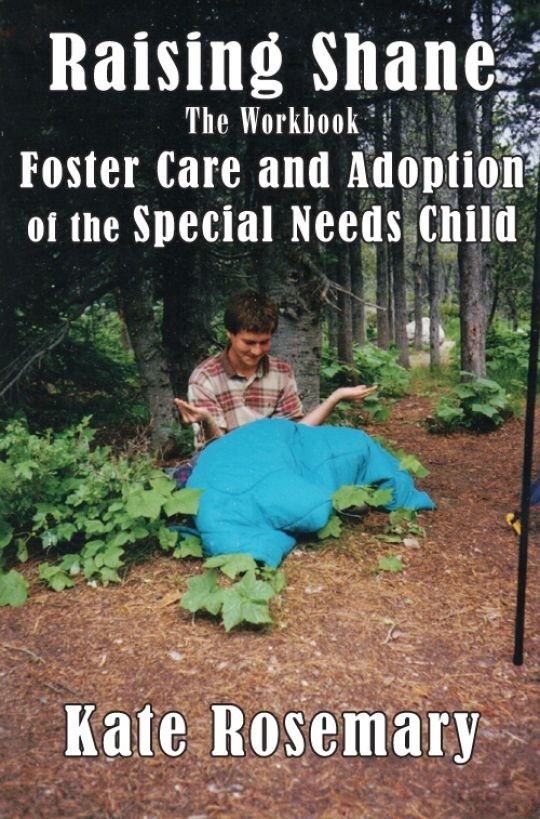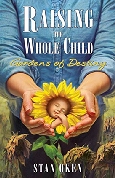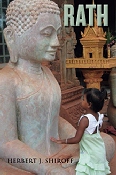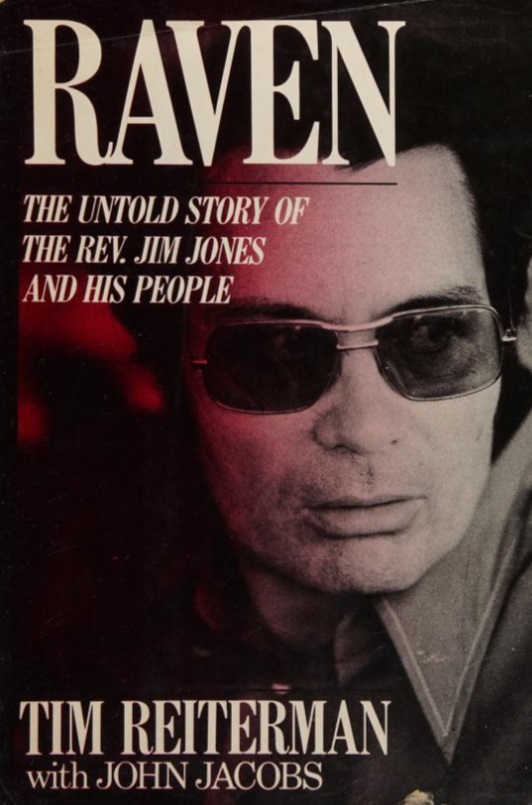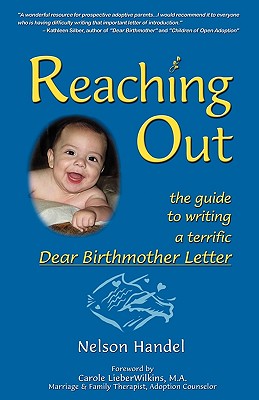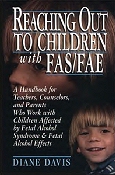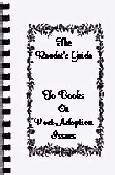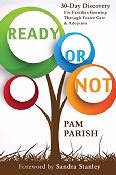From the Dust Jacket:
This epic biography is the chronicle of the rise and fall of an American Hitler. It is the only complete and accurate history of Jim Jones and his people, and is destined to be recognized as the classic work on the subject. It is also a work of great literary power.
Raven is the anatomy of a dreamer, a genius, a con man, a madman. It is, as well, the compelling tale of scores of lives that cross, part and finally fuse again in an unbelievable catastrophe.
Raven traces Jones’s mental disturbance from his childhood to his death, isolating the seeds of his brutality and sadism, the origins of his madness, and the odd coexistence of the heroic and ugly within his personality. It describes the pathological ruler/subject relationship Jones developed first with friends, then with his wife, then with an entire congregation; his bizarre sexual habits; and his precociously developed wizardry with words, which he used to please, flatter and cajole his audiences, from skid-row bums to the First Lady of the United States. It reveals the apathetic and bungled nature of government investigations.
For eighteen months before the Guyana tragedy, Tim Reiterman systematically tried to uncover the truth about Jim Jones and the then-obscure Peoples Temple. It was his news story that aroused Congressman Leo Ryan’s interest and led him to make his fact-finding trip. Reiterman was the only journalist well acquainted with the Temple who accompanied Ryan on that fatal journey and was himself wounded in the shootout. The eyewitness account he gives here of the final days of Jonestown must rank as one of the most haunting, harrowing nonfiction narratives of this century.
To unravel the fact from the mantle of myth Jones drew about himself, Tim Reiterman and John Jacobs conducted more than eight hundred interviews over the past five years; reviewed tens of thousands of pages of documents, hundreds of hours of tape recordings, film and videotape. Combining this with a seasoned narrative gift, the authors have produced a grand chronicle that spans half a century, presents dozens of unforgettable characters, and will leave no reader unshaken.
About the Author:
Tim Reiterman,
obtained his bachelor’s and master’s degrees at the University of California at Berkeley before going into journalism, first as a reporter for the Associated Press, then, since 1977, for the San Francisco Examiner. He was nominated for Pulitzer prizes for his news stories and photographs of the airport slaying at Port Kaituma and won the Top News Story of the Year Award in the Hearst National Contest, as well as a San Francisco Bar Association award for his coverage of Jones and the Temple. He has also won awards for articles on the Hell’s Angels, the Patty Hearst kidnapping and chlorine hazards.
John Jacobs
earned a bachelor’s and master’s degree at Berkeley, as well as a master’s at the State University of New York at Stony Brook. He was a reporter on the Washington Post from 1977 to 1978 before moving to the San Francisco Examiner. When Tim Reiterman was hospitalized after the Port Kaituma shootings, Jacobs traveled to Guyana and largely took over responsibility for Examiner coverage of the Jones story there.
Compiler’s Note: (Courtesy of Wikipedia) Jim and Marceline Jones adopted several children of at least partial non-Caucasian ancestry; he referred to the clan as his “rainbow family,” and stated: “Integration is a more personal thing with me now. It’s a question of my son’s future.” Jones portrayed the Temple overall as a “rainbow family.” The couple adopted three children of Korean-American ancestry: Lew, Suzanne and Stephanie. Jones had been encouraging Temple members to adopt orphans from war ravaged Korea. Jones had long been critical of the United States’ opposition to communist leader Kim Il-Sung’s 1950 invasion of South Korea, calling it the “war of liberation” and stating that “the south is a living example of all that socialism in the north has overcome.” In 1954, he and his wife also adopted Agnes Jones, who was partly of Native American descent. Agnes was 11 at the time of her adoption. Suzanne Jones was adopted at the age of six in 1959. In June 1959, the couple had their only biological child, Stephan Gandhi Jones. Two years later, in 1961, the Joneses became the first white couple in Indiana to adopt a black child, James Warren Jones, Jr. The couple also adopted another son, who was white, named Tim. Tim Jones, whose birth mother was a member of the Peoples Temple, was originally named Timothy Glen Tupper.
